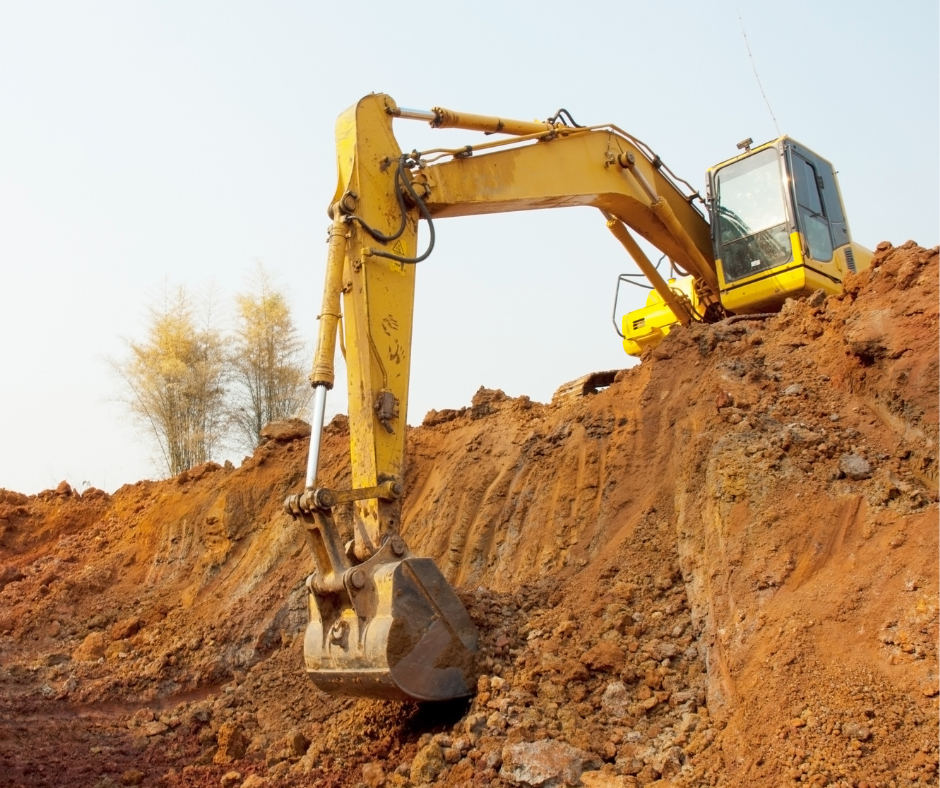5 Excavation Safety Tips: Dig In!
Digging holes or trenches without taking the proper precautions can be life-threatening. An unprotected trench can be an early grave. In fact, excavation and trenching are among the most hazardous construction operations – just one cubic yard of soil can way as much as a car. Cave-ins pose the greatest risk and are the most likely excavation-related incident to result in worker fatalities. Other potential hazards associated with trenching work include falling loads, hazardous atmospheres, and hazards from mobile equipment.
The Occupational Safety and Health Administration’s (OSHA) Excavation standards contain requirements for excavation and trenching operations. It’s important to be sure you and your team are caught up to speed on these standards before breaking ground.
Dig into five tips for excavation and trenching safety!
- Know What’s Below – Call before you dig to avoid damaging underground utilities! Give 811 a call before digging to request that the approximate location of buried utilities be marked with paint or flags so that you don’t unintentionally dig into an underground utility line.
- Follow the 2 Feet Rule – The standards permit excavation of 2 feet (0.61 meters) or less below the bottom of the members of a support system, but only if the system is designed to resist the forces calculated for the full depth of the trench and there are no indications, while the trench is open, of a possible loss of soil from behind or below the bottom of the support system.
- Mind the Edges– To prevent a cave-in, keep people and heavy equipment away from trench edges. Also, be sure to identify any equipment or activities that could affect trench stability. Ways to prevent cave-ins include sloping and benching the sides of the excavation, supporting the sides of the excavation, and placing a shield between the side of the excavation and the work area.
- Test for Hazards – Always performs tests for atmospheric hazards such as low oxygen, hazardous fumes, and toxic gases when workers are more than 4 feet deep. Employers must ensure that workers enter trenches only after adequate protections are in place to address cave-in hazards.
- Inspect, Inspect, Inspect – Employers must ensure that a competent person inspects all excavations, adjacent areas, and protective systems daily for possible cave-ins, indications of failures in protective systems and equipment, hazardous atmospheres, and other hazardous conditions. Inspections must be done prior to the start of work and as needed throughout the shift. Inspections are also required after natural events, such as rainstorms, or other hazard-increasing occurrences, such as blasting work.
For a deeper dive, check out OSHA’s Trenching and Excavation Safety Booklet. Happy digging!



